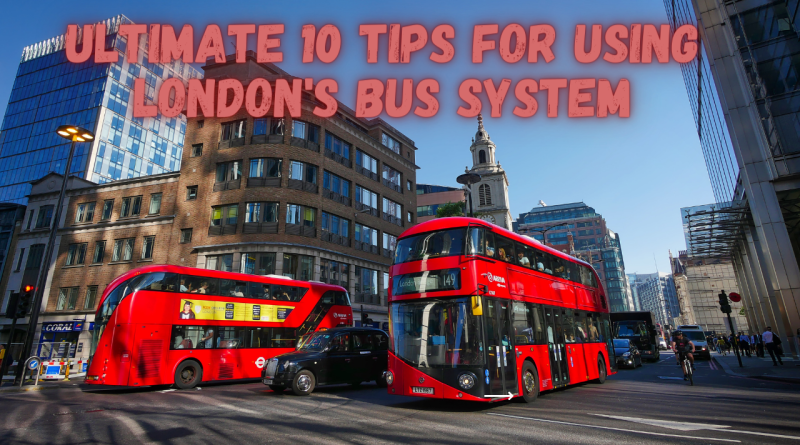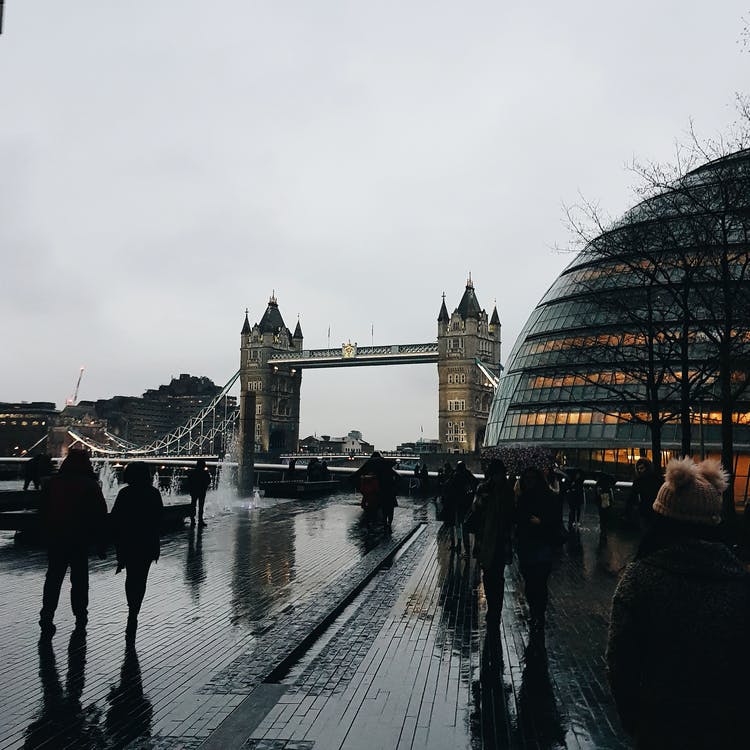Ultimate 10 Tips for Using London Bus System Efficiently
Table of Contents
Navigating London’s vast bus system can be a bit daunting for newcomers, and tourists, but with a few handy tips, you can ride like a local in no time. Whether you’re a tourist looking to explore the city or a resident seeking a reliable mode of transport, the London bus system offers an affordable and scenic way to get around.
Here are some tips for Using the London Bus System
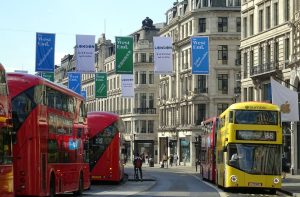
1. Plan Your Journey with TfL Tools
Transport for London (TfL) provides excellent resources to help you plan your journey. The TfL website and app offer a journey planner that allows you to input your starting point and destination. It then provides detailed routes, including bus numbers, stops, and estimated travel times. Additionally, you can check for any service disruptions or delays.
2. Get an Oyster Card or Use Contactless Payment
One of the most convenient ways to pay for your bus fare is by using an Oyster card or a contactless payment method such as a debit or credit card. These options offer the same fare rates and can save you the hassle of carrying cash. Simply tap your card on the yellow reader as you board the bus. Remember, cash is not accepted on London buses, so make sure you have a valid payment method before you travel.
3. Know Your Bus Stops

Familiarize yourself with the bus stops near your starting point and destination. Bus stops in London are marked with a red and white circular sign, displaying the bus numbers that serve that stop. Each stop has a name, which can be useful when checking your route. Many stops also have real-time information displays showing the arrival times of the next buses.
4. Understand the Bus Numbers and Routes
London’s buses are numbered, with each number corresponding to a specific route. Major routes often have buses running 24 hours a day, while others may operate only during specific times. Night buses, which are designated with an “N” before the number, are available for late-night travel. Studying a bus map or using the TfL journey planner can help you understand which bus to take.
5. Use the Upper Deck for the Best Views
If you’re not in a hurry, riding on the upper deck of a double-decker bus offers a fantastic view of London. You can enjoy iconic sights such as the Tower of London, the Houses of Parliament, and Buckingham Palace from a unique vantage point. It’s also a great way to familiarize yourself with the city’s layout.
6. Be Prepared for Busy Times
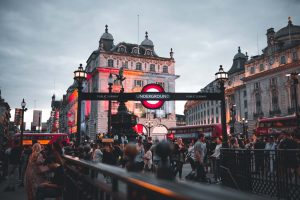
Buses can get crowded, especially during rush hours (typically 7-9 AM and 5-7 PM). If possible, try to travel outside these times for a more comfortable journey. If you do find yourself on a crowded bus, be sure to move down the aisle and make space for other passengers boarding.
7. Respect Priority Seating and Accessibility
London’s buses are designed to be accessible to all passengers. Priority seating is available for those who need it most, such as elderly passengers, pregnant women, and people with disabilities. There are also spaces for wheelchairs and pushchairs. Be considerate and offer your seat to someone who may need it more.
8. Signal Your Stop in Advance
When your stop is approaching, press one of the red “Stop” buttons located throughout the bus. This signals the driver to stop at the next bus stop. It’s a good idea to press the button well in advance, especially if the bus is crowded or traveling quickly.
9. Stay Safe and Alert
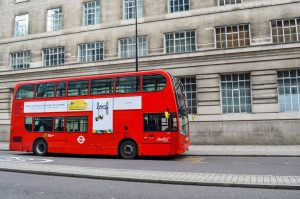
While London is generally safe, it’s always wise to stay alert, especially if you’re traveling late at night. Keep an eye on your belongings and be aware of your surroundings. If you ever feel uncomfortable, try to move closer to the driver or other passengers.
10. Enjoy the Journey
Finally, take the time to enjoy your bus ride. London’s bus routes pass through some of the most interesting and diverse neighborhoods in the city. Whether you’re commuting or sightseeing, a bus journey can be a great way to discover new parts of London. With these tips, you’re ready to navigate London’s bus system with confidence.
What is the best way to navigate in London?
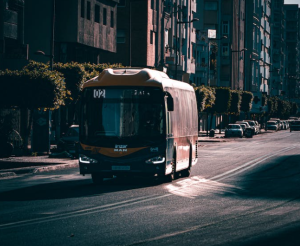
Best Ways to Navigate London
-
Public Transportation
- The Underground (Tube): Extensive network; avoid peak hours.
- Buses: Cover more routes; night buses are available.
- Overground & DLR: Connect suburbs and East London.
- Trams & River Buses: For South London and scenic Thames routes.
-
Cycling
- Santander Cycles: Bike-sharing scheme.
- Cycle Lanes: Safe and increasing in number.
-
Taxis & Ride-Sharing
- Black Cabs: Iconic but pricey.
- Ride-sharing: Uber, Bolt, etc., more affordable.
- Minicabs: Pre-booked for longer distances.
-
Digital Tools
- Citymapper & Google Maps: For planning and navigation.
- TfL Go: Official updates and planning.
- Uber: For ride-sharing.
-
Travel Cards & Payment
- Oyster Card: For all public transport.
- Contactless Payment: Use bank cards or mobile pay.
- Travelcards: Unlimited travel within zones.

